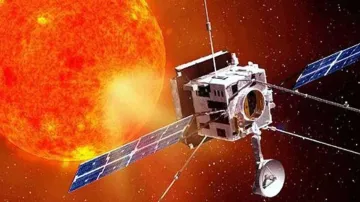The Plasma Analyser Package for Aditya (PAPA) onboard the Aditya-L1 satellite has achieved a significant milestone by detecting the effects of coronal mass ejections (CMEs) on solar wind. The Indian Space Research Organisation (ISRO) announced this success on Friday, confirming that PAPA effectively observed CME events, including those on February 10-11.
Sensors and functionality
PAPA consists of two sensors: the Solar Wind Electron Energy Probe (SWEEP) and the Solar Wind Ion Composition Analyser (SWICAR). These sensors are capable of measuring electrons and ions, respectively, and can also determine the direction of solar wind particles.
Operational Status and observations
According to ISRO, since December 12, both sensors have been operational, collecting data on the composition of solar wind particles. Analysis of the collected spectra indicates the expected dominance of protons and alpha particles. Notably, a temporary dip in the spectrum was observed during Aditya-L1's halo orbit insertion on January 6, coinciding with a change in payload orientation.
Data analysis from December 15 revealed a sudden increase in particle counts, consistent with changes in solar wind observed by other satellites. This confirmed the detection of a CME event. Additional CME impacts were observed on February 10-11, with minor differences in electron and ion counts, corresponding to multiple minor events.
Significance of observations
The successful observations by PAPA highlight its capabilities in monitoring space weather and analysing solar phenomena. The continuous observations by SWEEP and SWICAR enable Aditya-L1 to provide real-time data on conditions at the L1 point, a key location for studying solar activity.
ALSO READ | Odysseus spacecraft achieves first commercial moon landing in US history
ALSO READ | Will Google delete your Gmail account in August this year? Click here to know
